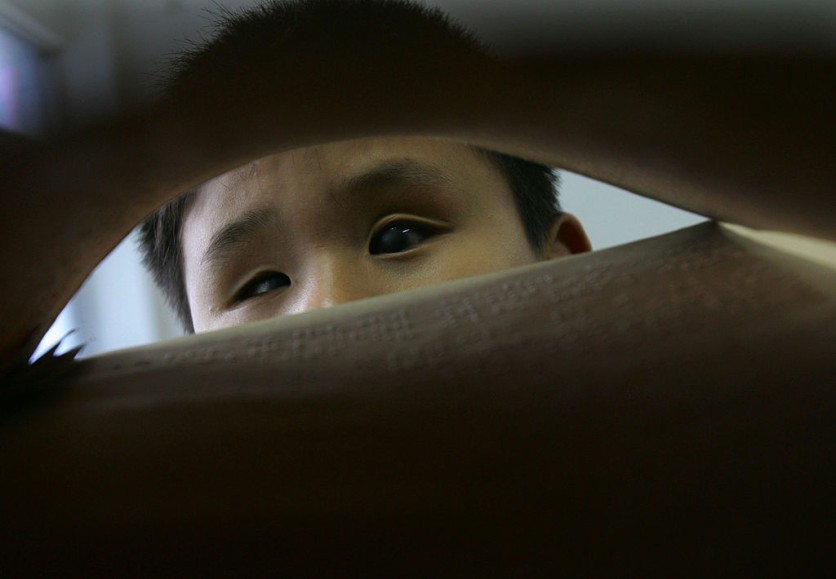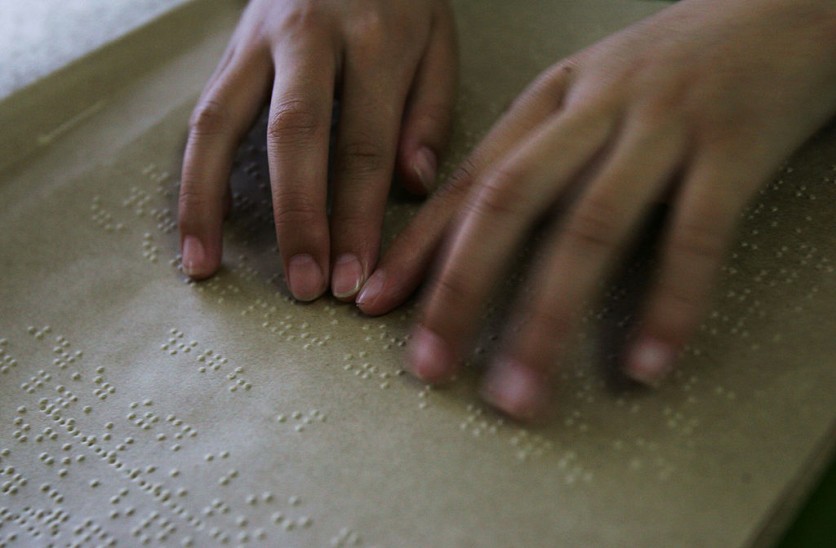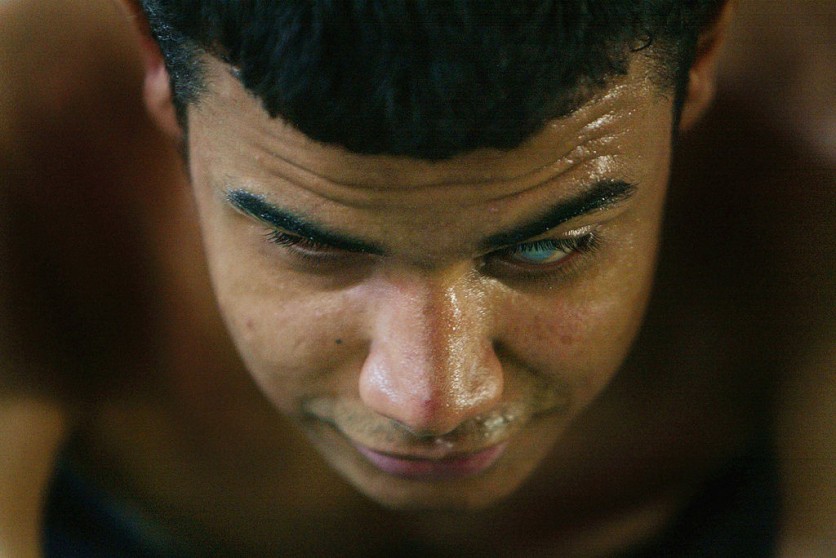The Netherlands Institute for Neuroscience recently made a breakthrough that focuses on brain implants to restore blind people's vision without eye transplants or surgery. The scientist's technology mainly focuses on brain implants and neuroscience, which they first tested on monkeys, believed to have the closest cerebral structure to a human brain.

The team from the Netherlands Institute for Neuroscience (NIN) has already posted their discoveries and findings regarding the technology they have created that aims to restore vision for blind people. The idea behind the innovation was conceived decades ago but was only completed because of the widely available present technology.
According to Japan Today, the scientists' initial experiment was to help make a monkey perceive "artificially induced patterns," which their brains would interpret to see. This technology was the basis for the scientists' aim to make soon a vision-restoring device that can soon be used on human trials.
The scientists' discovery and technology would not rely on new eyes or replacing them with another. NIN's breakthrough creation would use 1,024 electrodes directly implanted on the brain's visual cortex. This implant would then help the brain perceive "lighted dots," known as "phosphenes."
Initially, the present technology was put on primates, mainly two monkeys, which scientists believe to possess an identical cerebral structure to humans, soon making the tech available. The scientists ensured that the number of electrodes would coincide with the number of "pixels" a human eye initially sees.
NIN's Vision-Restoring Tech: Will Use Artificial Pixels to Perceive Image and Light
The lights that are perceived by the scientists of the Netherlands Institute for Neuroscience are called "phosphenes," which are also known as "artificial pixels." NIN Director Pieter Roelfsema led the team in the vision-restoring technology for the brain, saying that the tech could generate more hi-res artificial images than expected.

According to Science Direct, Phosphenes are the spots of light that the eyeballs directly encounter, which then transmits the image to the brain upon reception. The artificial pixels help every organism's eyeballs "see" things and perceive their version of the image, object, or scenario.
The tech has given both monkey test subjects a sense of perception of the presented shapes and letters presented by the scientists. According to the researchers, the implants' images are still monochromatic (black and white), but it is a massive change in scenario compared to previously published brain implants.
NIN's Vision-Restoring Tech: Paired with Camera or Glasses with AI
Since the blind person's eyes would not function like themselves, the scientists would soon create wearable cameras or eyeglasses that would have artificial intelligence technology to capture light and images. These would be perceived by the brain implants and interpret what is sent by the wearable tech.

Related Article : New AI Helmet Developed to Prevent Seizures: Introducing CSIRO's Data61
This article is owned by Tech Times
Written by Isaiah Alonzo
ⓒ 2026 TECHTIMES.com All rights reserved. Do not reproduce without permission.




